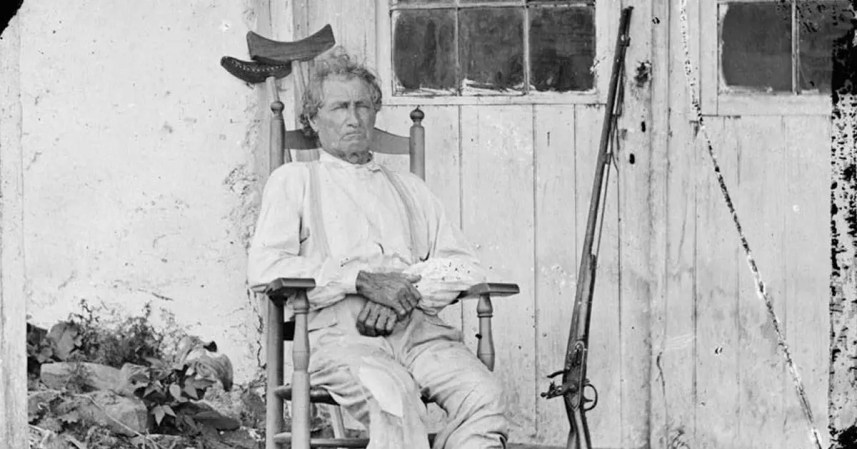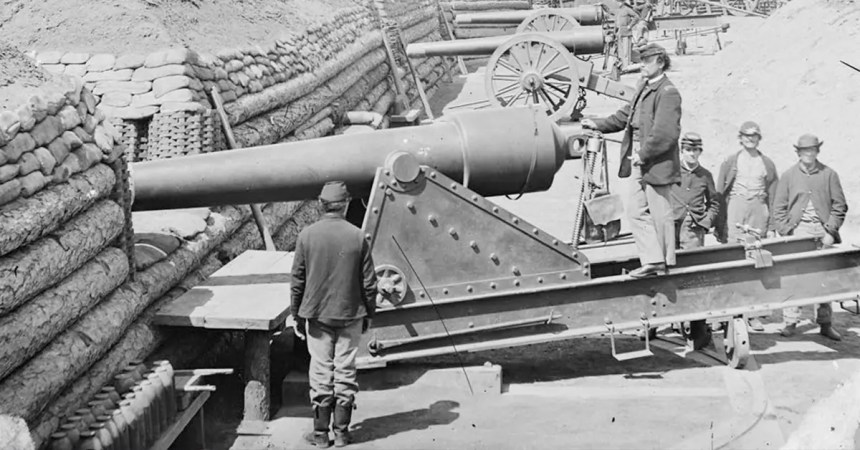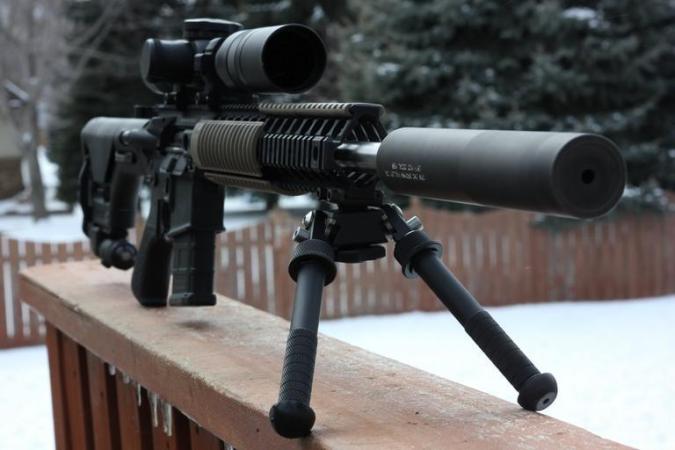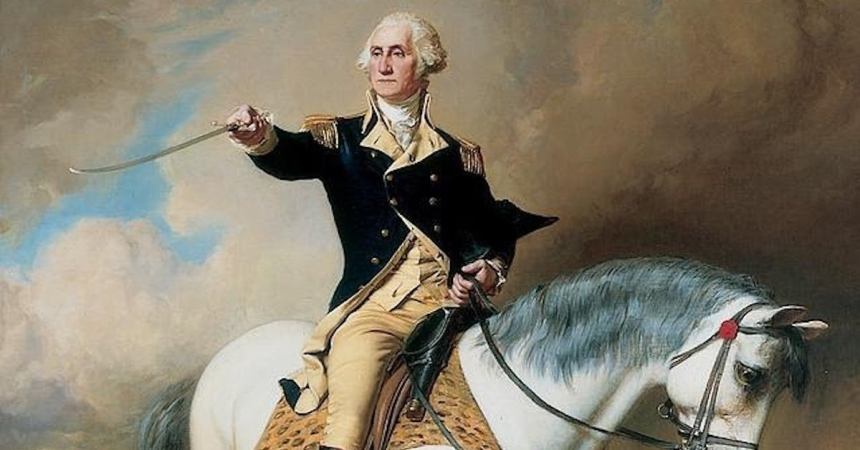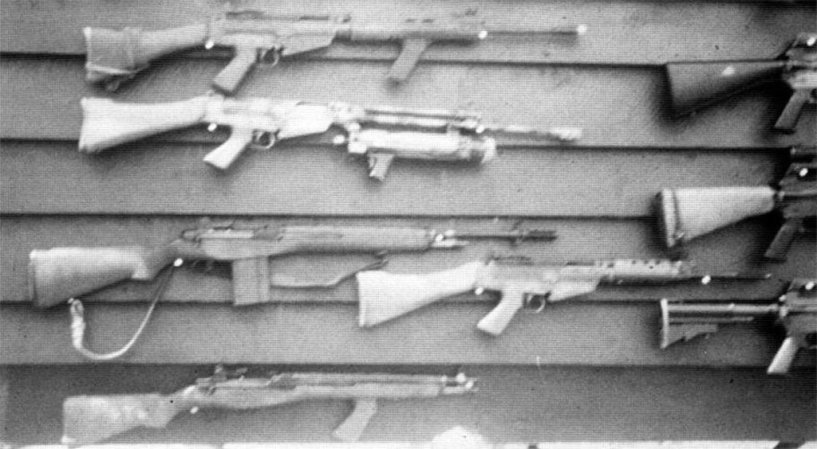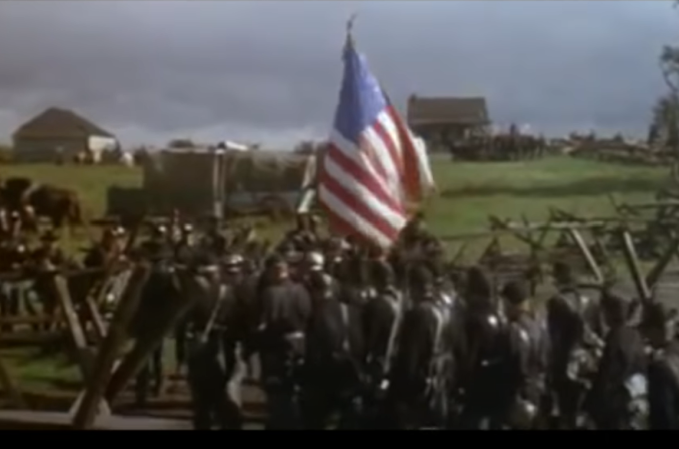One of the worst conflicts in American history was the Civil War, which led to tons of losses of property and life. The northern and southern states of America engaged in a brutal four-year struggle that claimed the lives of millions of Americans, nearly 2% of the population at that time. Given that the most lethal weapons of the industrial revolution, such as machine guns and tanks, had not yet been produced, the number of civil war victims was considerably high. Maybe if the weapons of the industrial revolution had been produced at the time, more people would have died, and there would have been a more chaotic number of casualties. Despite this, the civil war had its share of lethal weapons, the sharps rifles being the most common.
Sharps rifles, designed by Christian Sharps and manufactured by Sharps Rifle Manufacturing Company, became more well-known due to their employment in the Civil War battlegrounds. The Sharps rifles and carbines signaled the start of a small arms revolution. An infantryman holding a Sharps rifle had a greater advantage over an enemy with a muzzle-loading rifled musket. When the Civil War began, almost every soldier was equipped with a Springfield gun, but soon after were replaced by Sharps rifles after noting the difference between these weapons. While Sharps rifles were costlier than the usual guns, they were worth it.

A soldier equipped with a Sharps rifle could easily load the weapon from the breech, a comprehensively simple task that can be done while riding on the back of a horse. The soldier could easily open its action, load a gunpowder and bullet cartridge, seal the action, spring the hammer, pull the trigger, and discharge his weapon. Sharps rifles were created in an ideal manner using a pellet primer feed, meaning that there was no need to shove in the primer every time a bullet was fired. The infantryman could reload and discharge the Sharps rifle ten times in a minute with sufficient instruction and skills. In addition, Whenever the soldier was going from one location to another, he could easily slip the smaller weapon into his riding boot or over his shoulder without feeling much weight like with other weapons.
An enemy holding a musket was disadvantaged because he had to load the weapon from the muzzle, a process that was time-consuming and reckless. It wasn’t easy to do this from a ground position or while riding on the back of a horse. The enemy had to hold the firearm vertically and lay the backside on level ground. He also had to load a paper-encased gunpowder and Minie ball cartridge into the cask, remove the ramrod from underneath the barrel, thrust the cartridge into its setting, replace the ramrod, crook the hammer into shooting position, install a primer underneath the hammer, and eventually squeeze the trigger to discharge the weapon. If the enemy trained and practiced often, he would fire the musket at most three times every minute.

The process was too long, and the battlefield situation did not simplify it. Those holding muskets often got confused and missed a step or lost track of where they had reached. In the end, the enemy holding a musket would be killed even before he finished the loading process, especially if the rival had a superior weapon like the Sharps rifle. Soldiers who fought during the Civil War, particularly the cavalrymen, loved the work of the Sharps rifles and carbines. Some even wrote letters to their superiors stating how superior the Sharps rifles were and that more should be ordered.






